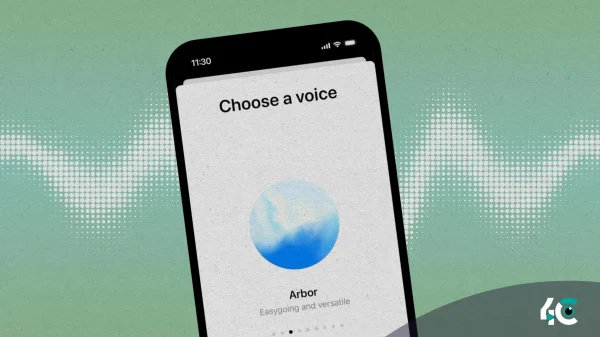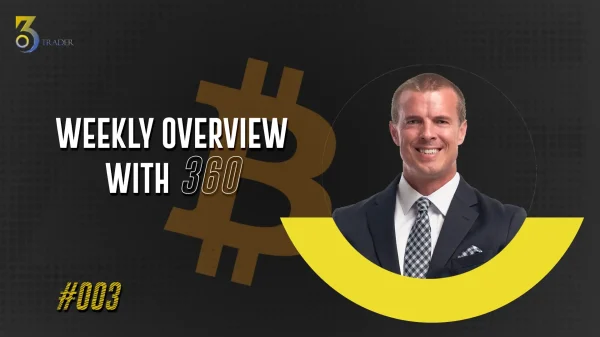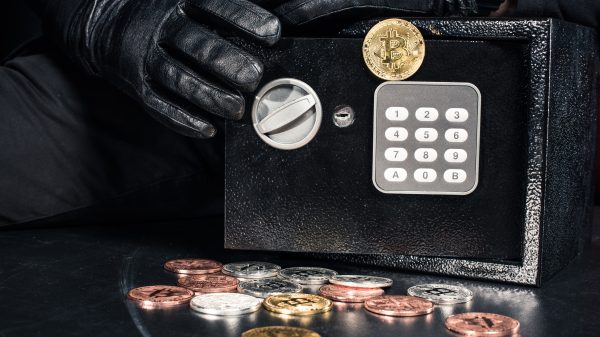The Scam Unveiled
Airdrops are free token distributions, which are regarded either as scams or novelties, and these are recently released by blockchain projects to carry out a marketing campaign. Scammers, however, have weaponized it for nefarious ends, creating fake airdrops to steal personal data, private keys, and funds.
In a scam, victims get lucky messages through unknown email, social media or messaging apps to say that they have been selected to receive valuable tokens of their choice like Ethereum, Solana, or Binance. Scammers usually send out unsolicited messages (e.g., email, social media, messaging apps) to the victim saying they have received airdropped tokens from a popular project, e.g., Ethereum, Solana, Binance, etc. To claim their “reward,” they are asked to link their wallet to a malicious site or to send a small amount of cryptocurrency as a “transaction fee.” If the victim does that, they drain the victim’s funds or compromise the victim’s private keys.
“All scams nowadays are like this,” says Dr. Emily Chen, who studies these frauds. Scammers take advantage of people who want to get something for free along with their not-so-good understanding of how crypto works.
Who Is Being Targeted?
The people who usually fall for fake airdrop scams are generally first-timers in the crypto space—those who may get attracted due to the prospects of quick profits ut are not technically savvy enough to spot red flags. A report by CyberShield Analytics in 2025 states that over half of the victims are first-time crypto users aged between 18 and 35. Further, most of the victims were those who joined the space in the bull run of late 2024. Due to this, social media platforms like Twitter, Telegram, and Discord have become a hotbed for these scams. Scammers impersonating influencers, developers, and even official project accounts.
Scammers have also started using deepfake videos of prominent personalities claiming to endorse fake airdrops.
Why Are Fake Airdrops So Effective?
Fake airdrops are simple to understand and play to our psychology. Criminals exploit your greed and FOMO with “free money” in crypto. Since a crypto scam offers a decentralized service, it is very difficult to take back the funds once the scam is executed.
According to Sarah Lin, a blockchain security specialist, “Crypto transfers cannot be undone, unlike traditional financial systems where banks can undo transfers.” Once a scam takes place, recovering the stolen funds is unlikely to happen.
High-Profile Cases and Global Impact
In August 2025, a fake airdrop scam took place, causing users of a famous DeFi platform to lose more than $12 million. Scammers made the victims connect their wallets to a phishing site after getting emails that they had won exclusive tokens of the platform. Over the past period, other incidents occurred in Europe, Asia, and North America, which drew warnings from regulators like the U.S. Securities and Exchange Commission (SEC) and the European Banking Authority (EBA).
Fake airdrop scams are still rising despite the increasing number of awareness campaigns. Scammers are constantly innovating and using advanced techniques, like domain spoofing and social engineering, to stay ahead of the authorities.
How to Protect Yourself
Experts say that the best defense against fake airdrop scams is vigilance and education. Key precautions include
Always Check the Source: Always visit the official website of the project and contact the team for any airdrop offer.
Never Share Your Private Keys: Real projects will never request your private keys or seed phrases. If someone does, it’s a scam.
Stay Away from Unsolicited Offers: If you get offered an airdrop through a link, stay away from it, as it is likely a scam.
Storing your assets on a hardware wallet is much less risky than a hot wallet due to the threat of hacking.
To prevent scams, regulators are also stepping up their efforts. In September 2025, the Securities and Exchange Commission (SEC) began to crack down on scams such as phony airdrops. This also led to stricter verification processes by social media networks.
The Bigger Picture
Fake airdrops aren’t the only crypto fraud that exists. However, their being a problem reflects the need for better consumer protection and education. As blockchain technology continues to improve, the methods used to protect users would also need to update.
“There’s never a shortage of scammers; for every one we catch, there are ten waiting,” said Dr. Chen.“The only way to win this battle is by empowering users with the knowledge and tools they need to protect themselves.”
As the crypto industry grows, fighting scams like fake airdrops will be key to its long-term health and trustworthiness. Therefore, if it appears to be too good to be true, it’s most likely false.














































